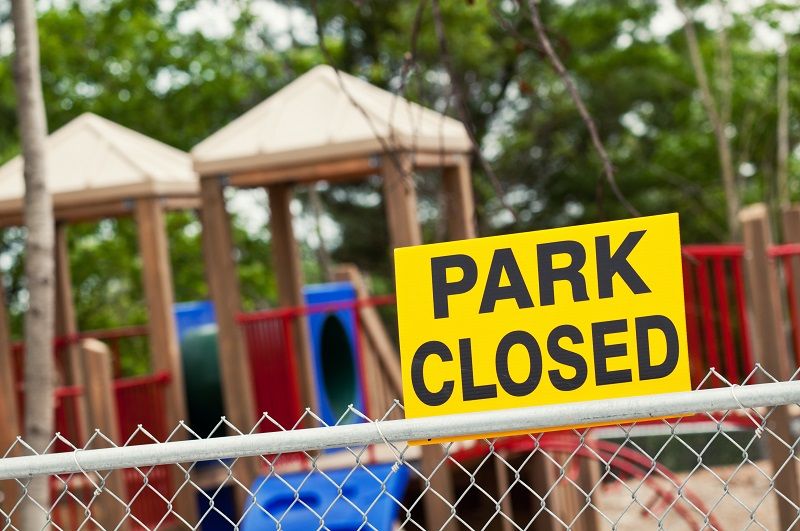By Rachel Dawson
Whether or not you have ever visited a national park, you have contributed to their budgets by paying a federal income tax. These funds help to pay for operational services like removing trash, operating camp grounds, and maintaining roads.
If you want to enjoy a national park in person, you’ll (usually) also pay an entrance fee. Under the Federal Lands Recreation Enhancement Act, park fees are designated for “repair, maintenance, and facility enhancement related directly to visitor enjoyment, visitor access…” and other visitor services. Under this law, entrance fees do not fund the previously mentioned park operations.
However, the current federal government shutdown changed this. During the shutdown, some of the nation’s most popular parks have used entrance fees to fund necessary operational expenses, due to fear that keeping the parks open during the shutdown would become unsustainable.
This change demonstrates the benefits of giving local park managers more flexibility with the use of visitor fees. Allowing individual parks to have greater control over the use of fees could reduce the parks’ reliance on Congressional (taxpayer) funding allocations, give local staffs more incentive to manage their parks efficiently, and provide a better experience to visitors. That would be an improvement both for the National Parks and for the taxpayers whose money provides for them.
Rachel Dawson is a Research Associate at Cascade Policy Institute, Oregon’s free market public policy research organization.
Click here for PDF version:
1-16-19-Can_National_Parks’_Operations_Be_Funded_with_User_FeesPDF












